Reflections for Democratic Data Governance in Colombia
We reviewed Colombia's draft National Data Infrastructure Plan, collaborating with the Karisma Foundation and sponsored by the Latin American Open Data Initiative.
Available in:

Datasketch Team. Feb. 14, 2022.
Datasketch and Fundación Karisma, with support from the Latin American Initiative for Open Data (ILDA), analyzed the draft of Colombia’s National Data Infrastructure Plan (PNID). The Plan seeks to promote the digital transformation of the Colombian State and develop a data-driven economy. To this end, there are five general components:
- Data infrastructure governance.
- Data classification.
- Data exploitation.
- Interoperability of the data infrastructure.
- Security and privacy of the data. These comprise the infrastructure, technical and technological inputs.
Here are the most relevant points of our analysis.
What is missing in the PNID?
Participation scenarios
We reviewed the five objectives of the governance model on which the PNID forms and found three ways of inclusion of actors other than the State.
- The first is about the participation of the private sector through the Presidential Council for Competitiveness and Public-Private Management; however, it is not clear how this inclusion will take place.
- The second - and the only one - that speaks of involving civil society is the creation of trust through spaces for dialogue with groups that exercise citizen oversight.
- The third is the global impact through the collaboration with leading multilateral organizations. This strategy is to create a relevant infrastructure at the international level; nevertheless, it isn’t clear how this will happen.
Articulation with what already exists
National Data Portal
The National Data Portal is the official online platform for open government data. It allows exploring and visualizing large datasets related to public entities at the national and local levels. The registered entities publish the data, and there are also filtering and visualization tools to group them.
The Portal is mentioned in the draft document, but it does not explain how it will work or its role. The PNID aims to create a landing page that centralizes the State’s data infrastructure offer. So, it is necessary to develop a clear strategy to articulate it with the Portal since this is currently the platform that gathers all this offer.
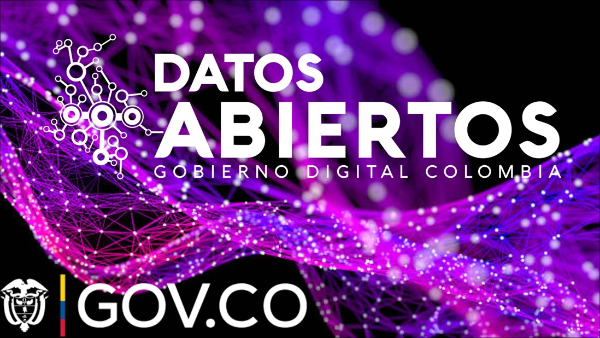
Source: Gobernación Norte de Santander
Open Government Partnership
Colombia is part of the Open Government Partnership and is implementing its Action Plan for the period 2020-2022, which had the support of the Open State Committee of Colombia. We’re part of this committee. The Independent Reporting Mechanism (IRM) reviewed the Plan and mentioned several commitments focused on using open data for transparency and citizen participation in oversight and accountability processes. These are strategies evaluated by experts and considered “promising.” So, it is relevant to include and articulate them with what the PNID wants to achieve.
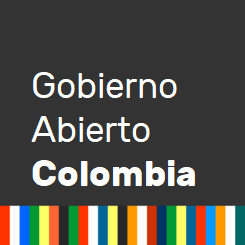
Source: Wikimedia
Implementation Roadmap
The PNID has an implementation roadmap, but its components do not fully consider the technical challenges it may present. For example, data collection and the development of tools to host data exchange model platforms require an expert team to bring that process to fruition. This strategy will help create a successful data-sharing pilot, which will design a more accurate picture of the interaction between the public and private sectors. It will also provide more reliable results.
The data itself
In the PNID, there are several assumptions about the current quality and availability of information. However, in practice, even for data sets recognized for their openness, such as those of the Electronic System for Public Procurement (SECOP), some problems make it hard to access practical information for exhaustive analysis. Therefore, it is necessary to have a cleaning strategy or standardize the landing page data.
We did a special report on public procurement in Colombia, which has several problems with how the SECOP stores the information. For example, when there is data coming from multiple sources, there can be a lot of missing content. So, several of the most relevant fields are left empty or incorrectly filled out. In the case of SECOP, most of these had the symbol ‘XX,’ which prevents the person consulting the database from knowing what that variable represents.
Errors like this can also occur in the data infrastructure proposed in the PNID. These are even more serious since its main objective is to centralize all data supply in Colombia.
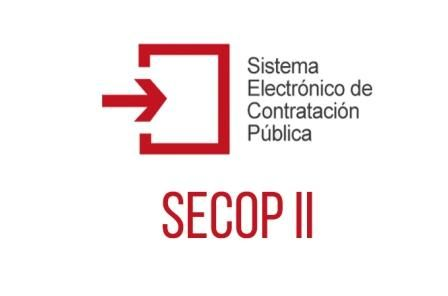
Source: Gobernación de la Guajira
Scope
Where is what isn’t the Executive?
The PNID, due to the nature of the document itself, emphasizes the tasks performed by different executive branch entities. Still, there is no mention of entities of the other branches of government. An example of an inter-branch collaborative information system is OCÉANO, a big data platform of the Comptroller General’s Office. OCÉANO records information on who uses public resources and their investment. It also checks whether those who use them are suitable for doing so.
To this end, it cross-checks the information with external sources: the Superintendence of Industry and Commerce (sanctioned individuals and legal entities), the Inspector General’s Office (record of sanctions and causes of disqualifications), the National Tax and Customs Directorate (disaggregation of consortiums and Temporary Associations), the National Civil Registry (track of canceled identity cards) and the Network of Chambers of Commerce (canceled commercial registrations and members of boards of directors).
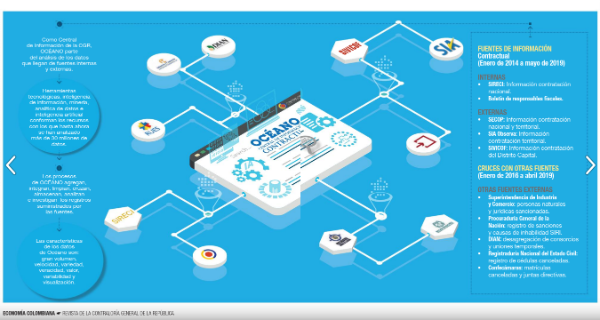
Source: Revista Economía Colombiana
Levels of access to data
An important aspect missing in the PNID is the level of access that public entities will have to data that comes from others and is sensitive. For example, the data related to people’s health is personal data. It is relevant for reporting purposes, such as data on the evolution of the COVID-19 pandemic in the country. Nevertheless, they shouldn’t be used for other purposes or by entities with no reason to use them. In that sense, national security authorities such as the Police do not need access to citizens' health information to ensure their protection.
The entities assigned with implementing the PNID could study cases of countries with a robust data infrastructure. They could create strategies to ensure data security, protection, and ethical management materialize. This strategy applies to all personal data, not just health-related data. Not all public entities should access all citizens' data without explicit consent and knowledge.
How do local governments see themselves?
The draft only says that there will be an accompaniment and a document with initiatives that local governments must implement to integrate into the data infrastructure. However, the PNID should include from the beginning how this accompaniment strategy will work and how it will get to local governments to build the initiatives together.
To bring territorial entities closer, the government can design training with the strengths and weaknesses of each region. The government can also conduct a study on the current state of the data infrastructure of each local government. For this purpose, existing local information systems initiatives are a great way to start, like the Open Government platform of Nariño (Gana) or the District Open Data Platform of the Mayor’s Office of Bogota.
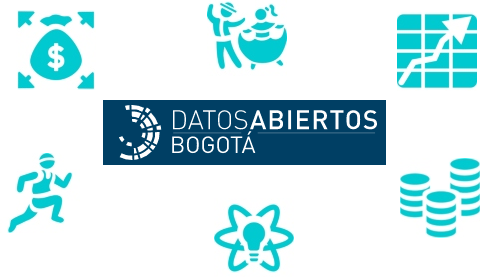
Source: Datos Abiertos Bogota
Concluding remarks
To conclude, here are some general comments on the PNID. There is mention of drafting a document with recommendations for implementing a regional data market within the framework of the Pacific Alliance and addressing strategic issues in this area. Nevertheless, there isn’t a clear definition of the criteria for drafting such recommendations. There isn’t also a definition of how other countries' data infrastructure plans fit. Therefore, it’s necessary to include civil society and academia.
Finally, we highlight the inclusion of the role of the Chief Data Officer within the organizational structure of public entities. This role will allow consolidating the strengthening of the data infrastructure. It will also prevent decision-making from falling on untrained personnel, who may not know about the management and use of data. It is also valuable that there is a training strategy for this role so that the designated officials in each entity arrive prepared to lead these processes.




